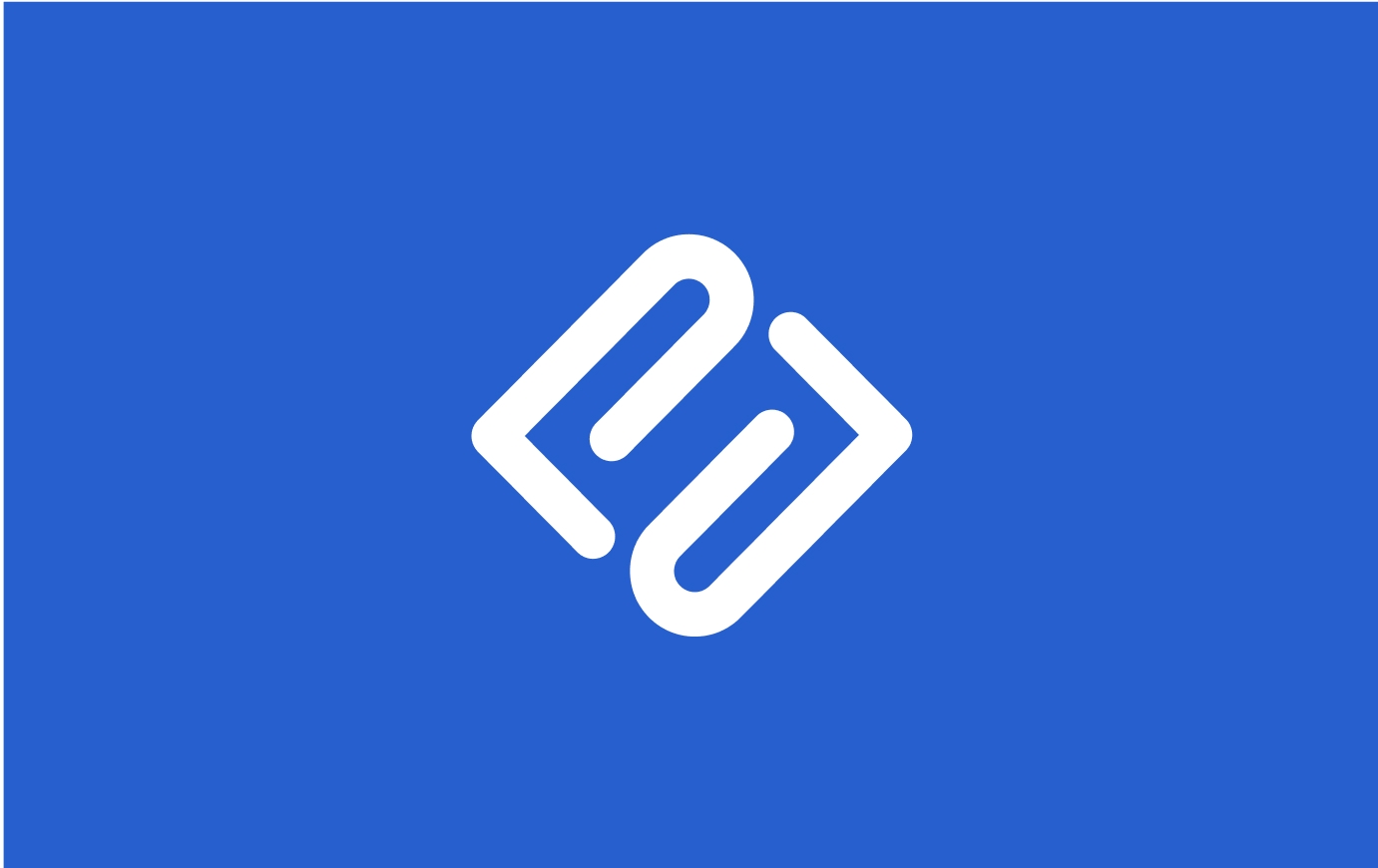Top .NET Core Best Practices to Improve Performance
 Admin
Admin Software Development
Software Development May 13, 2024
May 13, 2024

Table of Content

Priyanshi Patel
Priyanshi Patel is a senior .NET developer with a keen interest in exploring the ever-evolving world of technology. After work, she dedicates her time to writing about the latest trends and advancements in .NET development, sharing insights on cutting-edge technologies and development practices.
Did you know? You have only 2 seconds to capture a visitor's attention on your website. Because almost 50% of users leave a website within seconds if the load time is more than that. Thus, delivering a seamless user experience is crucial for the success of your website. Modern web development frameworks like net Core can help you achieve this.
Net Core enables better performance for building high-performance web applications. However, simply adopting entity framework core is not enough. To truly maximize its potential, developers must follow net core best practices.
In this blog, you will discover the top 9 net core best practices to help you maintain and control normal program flow while developing ASP.NET Core applications.
A Quick Roadmap
- What is .NET Core
- Top Net Core Best Practices to Optimize Your Code Performance
- Use Asynchronous Programming for Optimized Performance
- Inline Methods for Better Net Core Performance
- Optimize Data Access and I/O in Net Core Applications
- Load JavaScript from the Bottom
- Use Caching technique
- Logging
- Security Best Practices
- Dependency Injection
- Performance And Resource Utilization
- Minify Client Assets:
- Compress Responses:
- Use the Latest asp.net Core Release
- Wrapping Up Core Best practices

What is .NET Core
Net core is a cross-platform development framework for developers for application development. It enables writing code in multiple languages. Initially developed by Microsoft for their inner ecosystem, it has now become a widely used development framework today.
Samsung, JP Morgan, Go Daddy etc. are some of the big companies utilizing .NET core today.
Benefits of .NET Core
- Cross-Platform Compatibility .NET Core allows developers to build applications that can run on Windows, macOS, and Linux, providing flexibility and reach across different operating systems.
- Open-Source and Modular Being open-source, .NET Core offers transparency, community collaboration, and the ability to customize the framework to suit specific project requirements.
- Improved Performance and Scalability .NET Core is optimized for performance and scalability, featuring enhancements to handle demanding workloads effectively.
- Faster Development With support for modern development practices such as microservices and containers, .NET Core enables faster development cycles and streamlined deployment processes.
- Large and Active Community The .NET Core community is extensive and vibrant, providing resources, support, and a wealth of knowledge to developers, fostering growth and innovation within the ecosystem.
Learn Further: .NET Core vs .NET Framework
Top Net Core Best Practices to Optimize Your Code Performance
Use Asynchronous Programming
When you implement asynchronous programming, you enable program to handle multiple tasks simultaneously rather than sequentially. This way when a task is complete, a program can access the results without waiting for the entire process to finish.
Using end to end asynchronous programming (like callbacks, promises and async/await), you can optimize the performance of your application.
Inline Methods for Better Net Core Performance
You can improve your net core performance by passing arguments and reducing jumps in code execution flow. This helps you in enabling a development environment that can execute the code better thus resulting in better performance.
However, there are common exceptions. Certain constructs like throw statement may not be suitable for in-lining with just in time compiler. You can solve this issue by utilizing the static helper method that encapsulates the throw statement.
Optimize Data Access and I/O
Interaction with data store and other remote services is a critical but slowest aspect of asp.net core application.
However, you can optimize the data access and make the performance of your asp.net application better by using data access net web API asynchronously to prevent blocking or waiting of data retrieval operation
- Minimize network round trip: To enhance performance by limiting frequently called code paths
- No tracking queries: For read only purposes to boost performance as there is no need to set up change tracking information
- Optimize and filter LINQ queries (with .Where, .Select, or .Sum statements): This way filtering operation can be performed by database reducing the load from asp.net core application to retrieve and process the data
Load JavaScript from the Bottom
These is one of the best net core best practices to enhance the user experience of your website. As per this best practice always try to adopt code flow patterns in which you load JavaScript from bottom. This allows browser to load the page quickly before loading the js file. This way user can interact with the page even if the script is loading.
Use Caching Technique
Did you know that 53% of mobile users abandon sites that take over 3 seconds to load? One practice that can optimize your ASP.NET core application performance is caching.
Though caching you can make less frequently used or expensive to retrieve data readily available. This way you can reduce your memory usage. Net core supports different types of caching techniques.
- In memory caching: Memory cache stores data in the memory of asp.net core application server. You can implement this cached form using the "IMemoryCache" interface from "Microsoft.Extensions.Caching.Memory."
- Distributed cache: Through distributed cache, you can store cached form value in an external service like Redis or SQL Server. This can help you access multiple servers to access the same cache. You can implement a distributed cache using the "IDistributedCache" interface from "Microsoft.Extensions.Caching.Distributed".
- Response caching middleware support: You can use response caching to enable caching server responses based on HTTP cache related headers. Response caching determines when responses are cacheable, stores responses, and serves responses from the cache. You can implement response caching in net core using the ResponseCacheAttribute or UseResponseCaching middleware.
- Output caching: This helps you cache the output of an endpoint based on configuration rather than HTTP headers. This way you can cache UI responses in your net core application. However, this was introduced in Asp.Net Core 7+.
Logging
Structured logging in net core is one of the essential best practices. It enables effective tracking of events, errors, and application behavior, which aids in debugging and troubleshooting.
You can implement this using library like Serilog or NLog, you can capture more contextual information and metadata. This makes it easier to analyze and correlate log entries across distributed systems or containerized production environment.
Structured logging also enables better log filtering, querying, and analysis, facilitating more efficient root cause analysis and issue resolution.
Security Best Practices
Ensuring security in Asp.NET Core is paramount to protect against potential vulnerabilities and threats. Best practices include
- Submitting sensitive data using encryption techniques like SSL/TLS
- Implementing proper authentication and authorization mechanisms.
- Ensuring protection against common web application vulnerabilities like cross-site scripting (XSS) and SQL injection attacks.
- Following secure coding practices, regularly update dependencies, and implement security monitoring and incident response processes.
Dependency Injection
Taking advantage of the built-in dependency injection (DI) container in asp.NET Core can streamline development and improve application scalability.
DI loose coupling, testability, and maintainability of your codebase by separating the creation and management of object instances from the classes that use them.
This approach
- Makes it easier to manage object lifetimes and dependencies
- Facilitates unit testing
- Enables easy swapping of implementations during development and deployment.
Performance And Resource Utilization
Continuously striving for performance improvements is essential in ASP.NET Core development.
Key practices include;
- Configuring caching mechanisms effectively (such as in-memory cache or distributed cache), reducing exception implementation overhead by handling exceptions judiciously
- Implementing compression techniques for response payloads to reduce network bandwidth consumption
- Additionally, profiling and monitoring tools can help identify and address performance bottlenecks in other code flow patterns.
Minify Client Assets
Minifying client-side assets like JS files, CSS, and images can significantly improve the load times and overall performance of your net core website.
For minifying client assets, you can
- Use tools like Webpack or Gulp to bundle and minify these assets,
- Reduce their file size and the number of requests needed to load them.
- Enable HTTP/2 to take advantage of multiplexing and server push for faster asset delivery,
- Implement client-side caching for static assets using cache-control headers.
Compress Responses
Enabling response compression can further optimize the performance of your asp.NET Core applications by reducing the amount of data transmitted over the network.
Use middleware components like GzipCompressionProvider or BrotliCompressionProvider to compress responses for appropriate content types (e.g., text/plain, text/html, application/json).
However, ensure these middleware components are not applied to already compressed assets like images or videos, as it could lead to increased overhead and reduced performance.
Use the Latest ASP.NET Core Release
Upgrading to the latest asp.net Core version can provide significant performance improvements and bug fixes. However, it's essential to thoroughly test your application after upgrading to ensure compatibility and identify any breaking changes.
Stay informed about the net core release notes and the community to stay up-to-date with the latest developments and best practices.
Read Further: Reasons To Hire A .NET Developer
Wrapping Up Core Best practices
Microsoft keeps bringing the latest version of .NET Core with net core 7 being the latest version. This is why along with following best practices, continues learning of net core updates is extremely important to unauthorized access and better application performance.
If you are looking to optimize your .NET core application or need helping hand in building one, we can help. At Prioxis we have a team of experienced .NET developers who have experience in .NET development environment.
Choosing us means freeing yourself from hassle of unusual or unexpected conditions while developing net core applications.
Get in touch